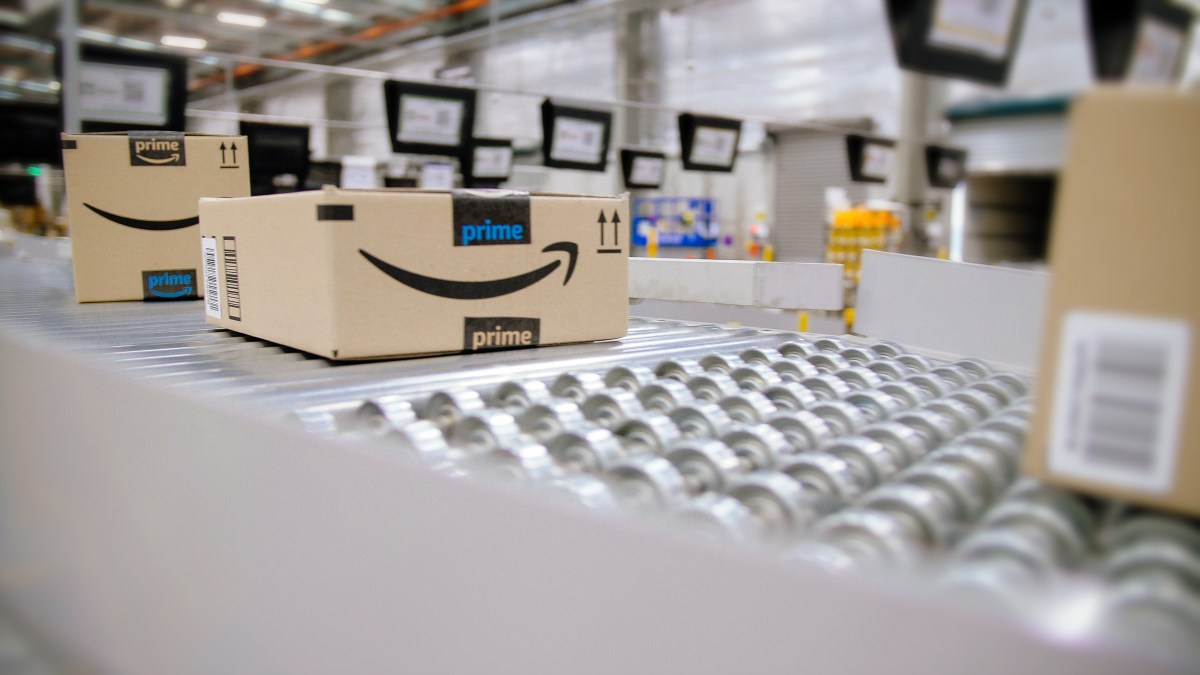With Amazon breaking through as a billion-dollar company in Australia this year, the ecommerce giant is reaping the benefits of the surge in online shopping but at what cost to local retailers?
Businesses have long struggled to decide whether to reject Amazon outright or play ball, so ahead of Amazon Prime Day next week, WP Engine country manager, Mark Randall argues retailers cannot afford to depend on one revenue stream and must forge their own ecommerce strategy to capitalise on Australians’ desire for bargains.
According to Randall, there’s two sides to a partnership with Amazon and to avoid becoming reliant, businesses must diversify their online retailer partnerships, remain agile and invest in their own web offering to maintain control over their customer data.
He has shared his top tips on capitalising on Amazon Prime Day without getting in bed with the Big Tech.
- Build your own site quickly
“Open-source software and specifically WordPress can help retailers get their online business to market quickly and without paying a fortune to web developers. Metcash (IGA), for example, used WordPress to set up an emergency supply system for the elderly and vulnerable within just days at the peak of the pandemic.”
2. Capitalise on the ‘halo effect’
“Australian consumers are savvy shoppers and often shop around for the right deal. Amazon Prime Day is no different, with the online sales event having a strong halo effect on other retailers.Double down on your sales strategies during peak sales periods by offering bundle promotions and tying deals with loyalty programs to drive greater conversions and set the foundation for long-term customer loyalty.”
3. Optimise for mobile
“More consumers are shopping for deals on their smartphones so it’s vital that your website is mobile-friendly. Building an ecommerce site using WordPress themes and the WooCommerce plugin can cut down on design costs while enabling you to create a seamless online shopping experience. With WordPress you can also easily integrate with mobile technologies to engage with younger generations, along with other emerging tech like wearables, AI and voice assistance.”
Despite a slow start at launch in Australia in 2017, Amazon is gradually expanding its reach in the local retail landscape.
“While Amazon continues to cement itself in Australia, there’s a strong opportunity for retailers to lean into digital solutions to enhance creativity, experiment rapidly with different business models or campaigns, and respond to changes in consumer behaviour quickly,” Randall told Retailbiz.
“Most retailers have a bricks and mortar presence that they can leverage, which Amazon doesn’t. Retailers like Dan Murphy have used this effectively to organise rapid delivery within two hours and Click & Collect.”
However, retailers have been wary of using Amazon Australia. Although it means products get in front of millions of shoppers and the logistics are taken care of, the trade off is that they lose direct control over the customer experience.
“The uniqueness of your brand can be muted by the Amazon platform and you’re sharing customer data,” Randall said.
“To avoid becoming reliant on Amazon, businesses can invest in building their own exceptional customer experiences across all digital touchpoints and keep in tune with customers’ digital behaviours, preferences and demands.”
And on a final note about Amazon Prime Day, Randall said: “It is hugely successful with millions of members worldwide, but in Australia, it is still cementing itself as a major online event compared to more popular sales periods like Black Friday, Click Frenzy, and Boxing Day sales. The fact that only Prime members can get access to competitive deals could also be turning off Australian shoppers.”

